See in depth connection examples and hardware details at the GitHub page. https://github.com/wmeckman/LCDC1000
Intro Video:
The LCDC1000 is open source hardware licensed under the Creative Commons Attribution-ShareAlike 3.0 Unported license.
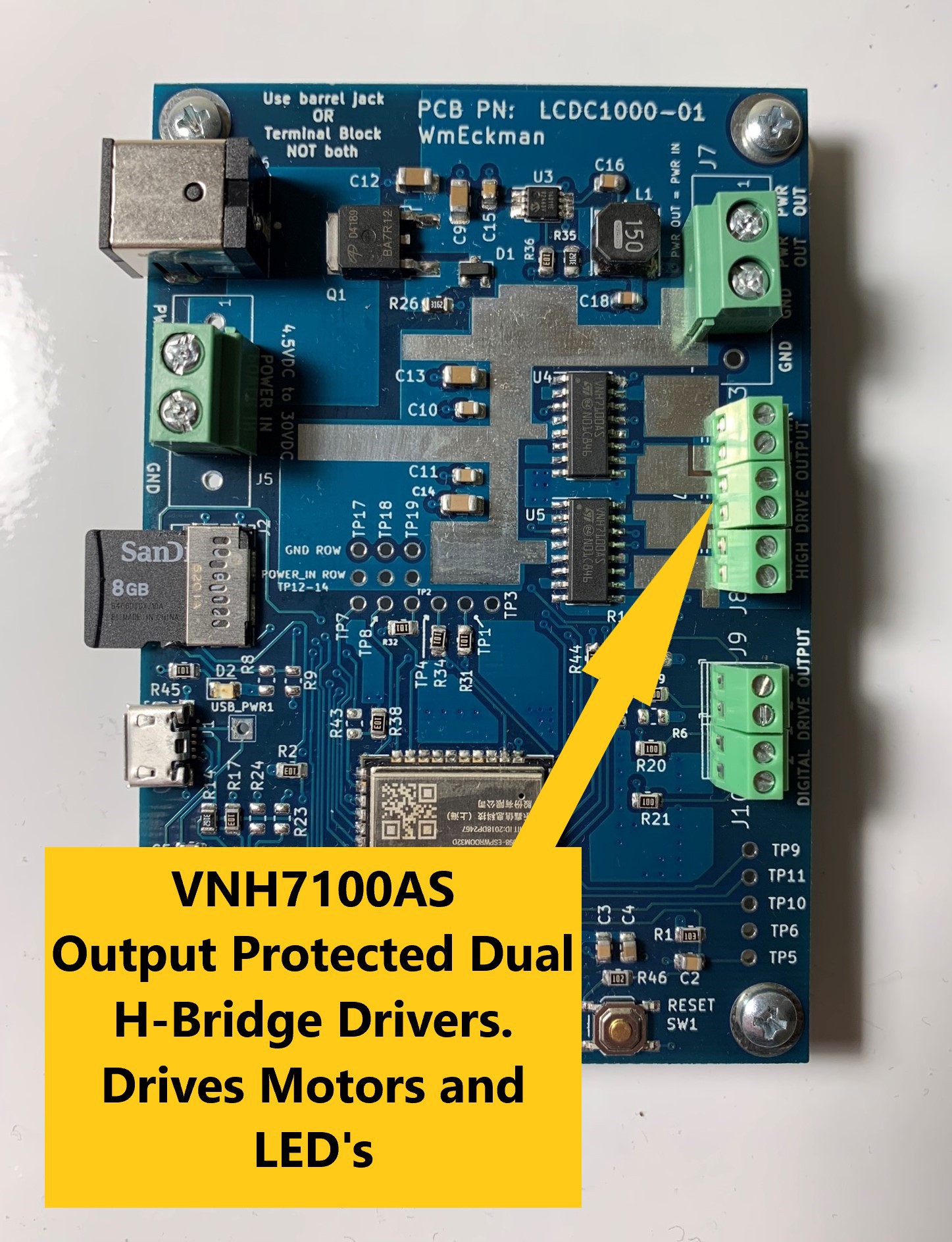


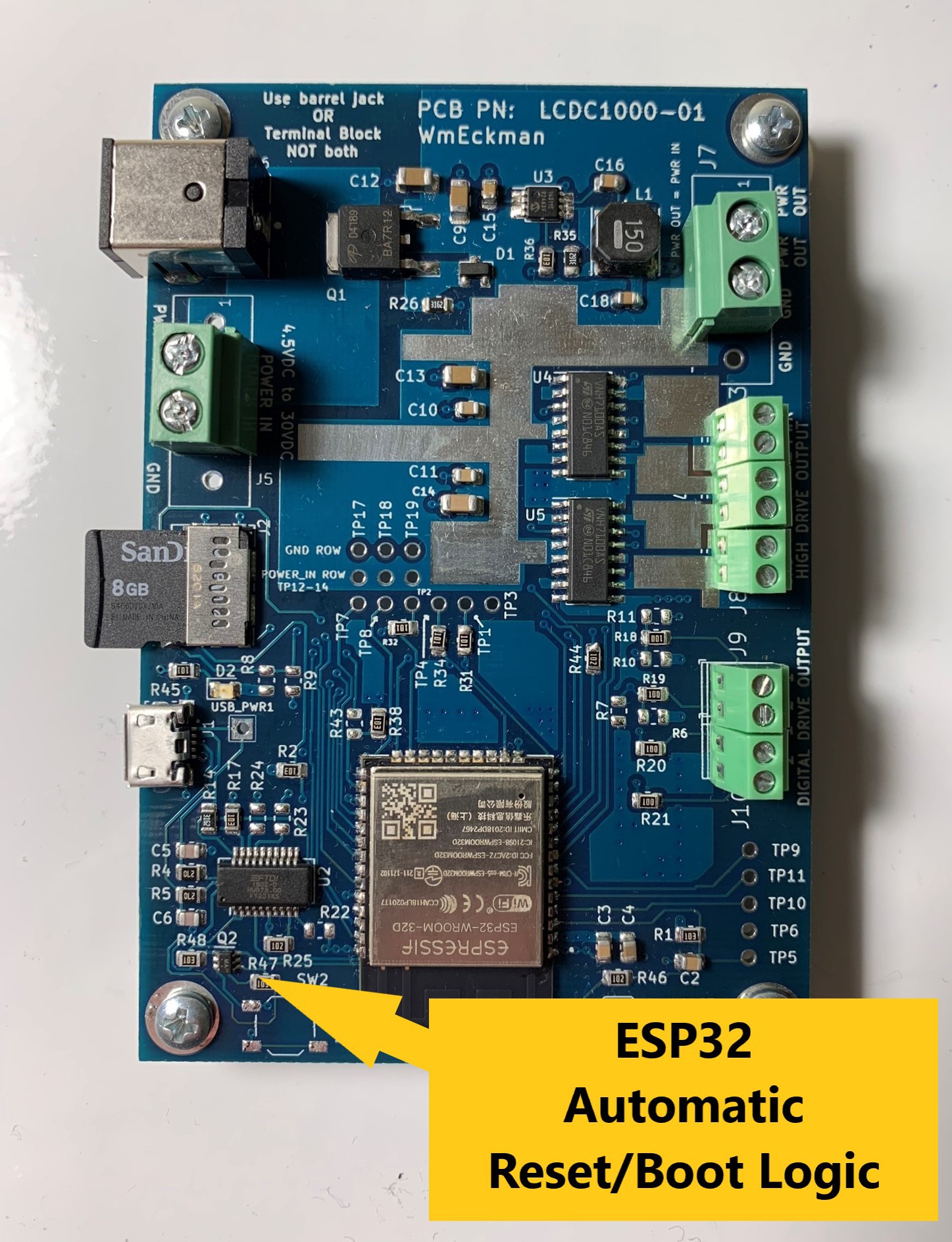
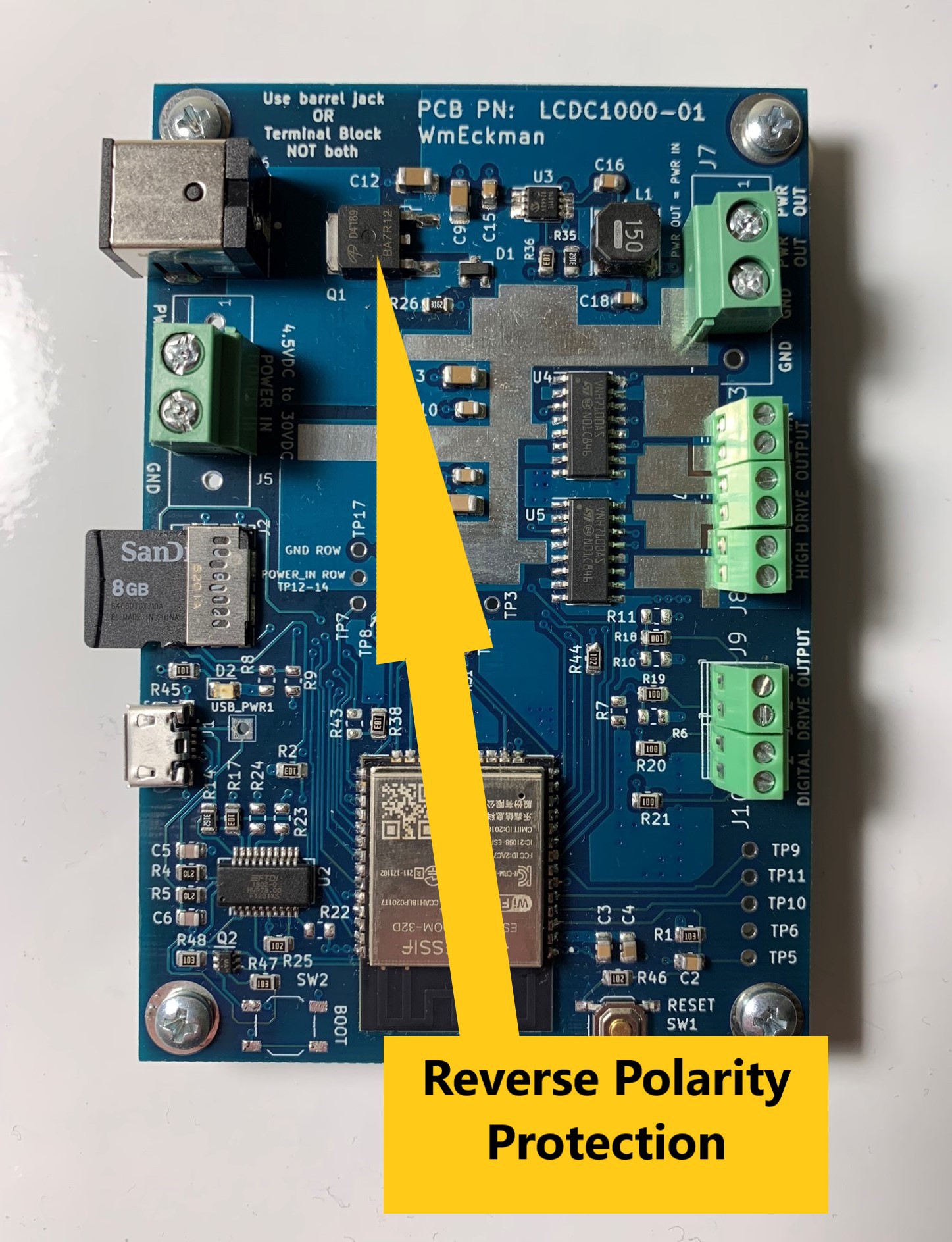


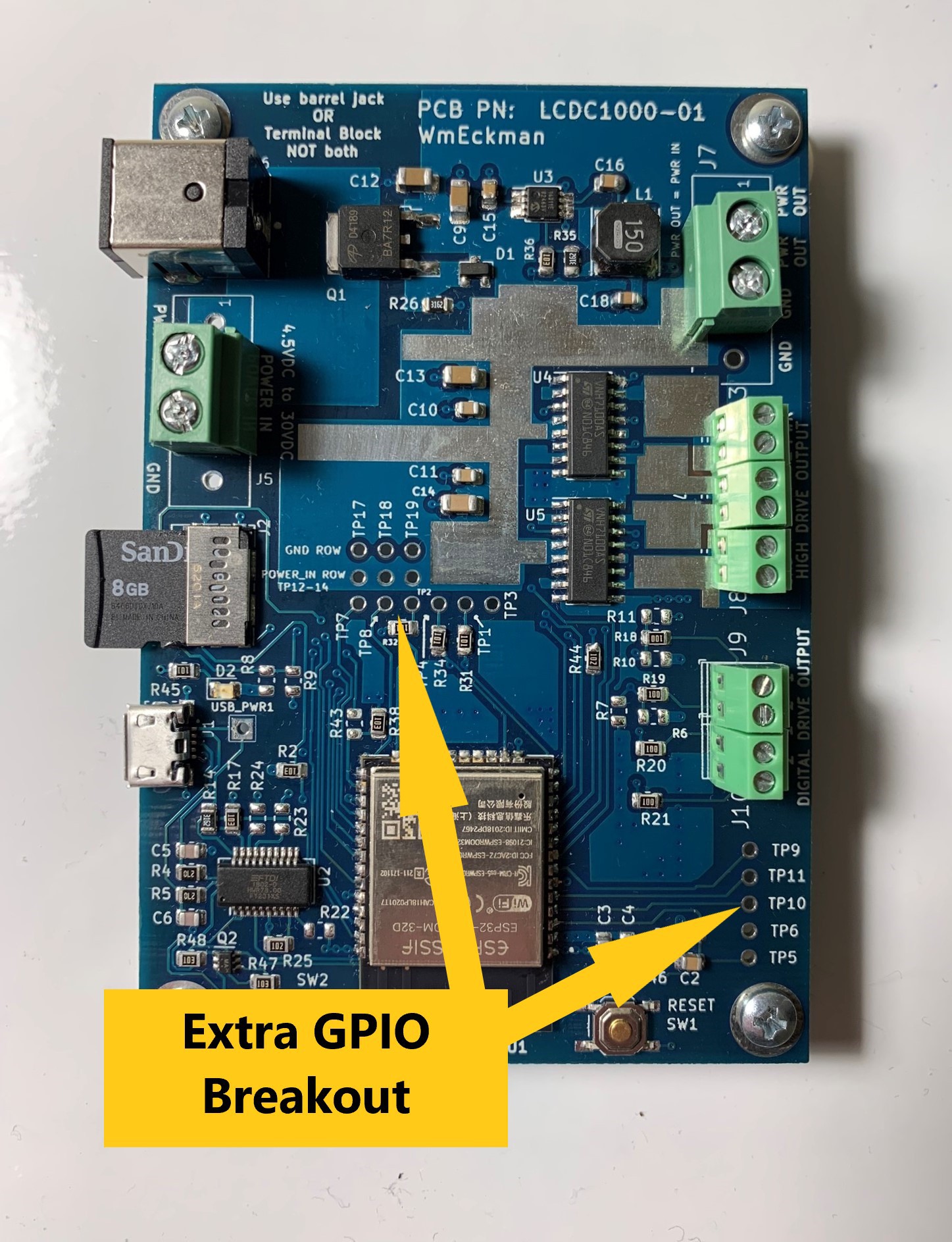


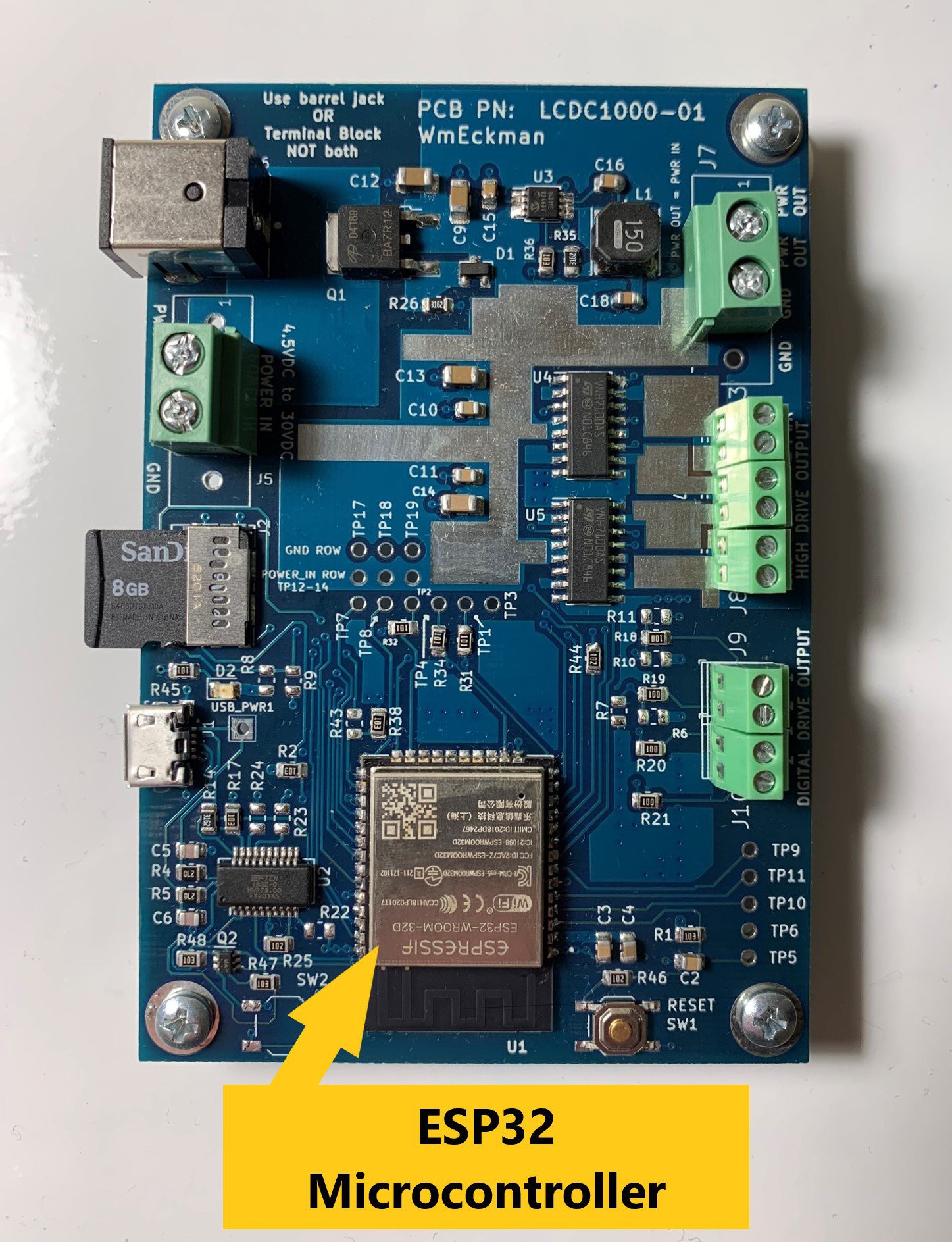
An ESP32 based controller that can drive any kind of LED strip, or motor. Includes microSD, USB-UART, and large voltage range input.